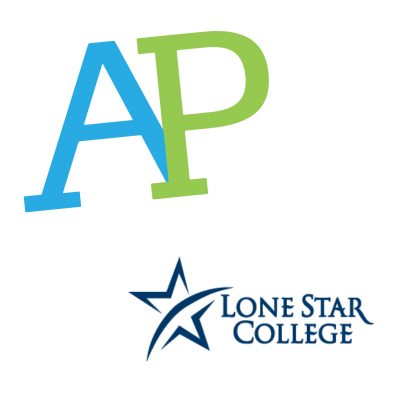In an Advanced Placement (AP) Physics 2 course, thirty students are taught per hour by Jacqui Pluckhahn, department chair of the science program at Klein Cain and a College Board certified AP Physics 2 teacher. One of the students attending her class is Bennett Oliver, a junior with college credit worth more than six credit hours. By the end of the year, Oliver will end the school year with more than six college credits. When he graduates, Oliver expects to have more than ten college credits, enough to skip an entire year at The University of Texas at Austin and save thousands of dollars in potential tuition costs.

According to data presented to Texas lawmakers last year, those who take college-level courses graduate nearly a year earlier from college than those who don’t, saving an average of about $20,000 (tuition-wise). And in a generation where the cost of higher education has skyrocketed to more than double than what it was 30 years prior, more students than ever are opting for Advanced Placement (AP) and Dual Credit (DC) classes to pay off a portion of it while in high school.
Based on a study conducted on the general U.S. high school population, the number of students taking AP and DC courses went from under 300,000 in 1995 to over 1,000,000 in 2015. But if you’re deciding between Advanced Placement and Dual Credit courses, what really is the real difference between the two and why should you take one over the other (or even both)?
Why you should take AP
Instituted by the College Board non-profit organization, the Advanced Placement program rigorously challenges students at a college-ready level. With 38 subject tests given each year, the program allows students from around the world to acquire college credits in mathematics, English, science, history, foreign languages, and a variety of other subjects
“The reason I chose AP was to get college credit for courses I don’t want to take when I’m in college and plus it’s probably going to save me money later on,” Oliver said. “Also, if I change my mind later [when applying to colleges] I can probably apply to colleges out-of-state and get college credit for my AP classes.”
Unlike Dual Credit courses, Advanced Placement allows students to redeem their AP credits at colleges out-of-state. However, in order to redeem those credits, each student must pass the exam for that subject at the end of the year.
“The AP class earns high school credit only. However, at the end of the year, the student takes the AP exam. Depending on the college a student is attending… their AP score will determine the college credit they may earn,” Klein Cain AP coordinator and counselor, Marcella Sauter said. “The fee for an AP exam is around $100.”
Why you should take Dual Credit

Supported by Lone Star College, Dual Credit classes allow students to earn college credit while in high school without the need for an exam at the end of the year (unlike AP). Students who choose these classes will get college credit but unlike AP courses, college credit for Dual Credit are only redeemable in-state.
“I took Dual Credit for courses I thought I wouldn’t pass the AP exam for like English and U.S. History,” Oliver said. “Not because it’s necessarily easier or harder, but I just took it because I have a higher chance of passing those classes and getting credit for them.”
At the End of the Day
“If a student is a good test taker, AP may be the way to go,” Sauter said. “If a student is better at the day-to-day school work, dual credit may be the way to go.”
Whether you plan to take AP or Dual Credit courses, keep in mind all the pros and cons both courses provide. All in all, both will prepare you for college and will provide you with college credit that will end up saving you thousands of dollars in the long run.







